Seed suggestions for school project/community garden
rosyjennifer
11 years ago
Related Stories
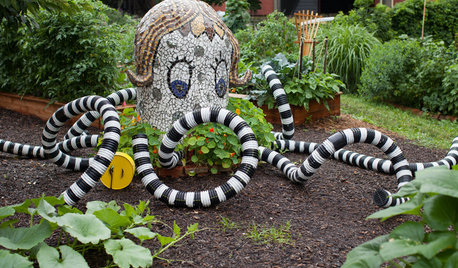
COMMUNITYArt, Edibles and Community Make Magic in a Pittsburgh Garden
With a name like Friendship, is it any wonder this neighborhood created such an enchanting community garden?
Full Story
URBAN GARDENSCommunity Thrives Along With a Garage-Top Garden
Seattle neighbors join forces to create a large-scale community garden atop an old parking structure
Full Story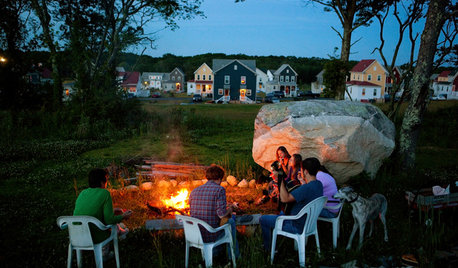
HOUZZ TOURSA New Community Flourishes in Rhode Island
Innovative affordable housing project offers new ideas for living with agriculture, art and each other
Full Story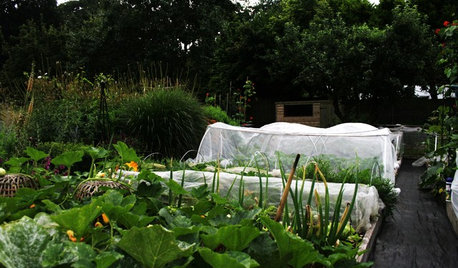
EDIBLE GARDENSFood and Community Thrive in a U.K. Allotment Garden
Get a peek at a rented garden plot in England where edibles and flowers mix and local residents can mingle
Full Story
COMMUNITYTogetherness Take 2: Is a Cohousing Community for You?
Missing that sense of connection? Consider the new breed of neighborhood with a communal bent
Full Story
COMMUNITYTour a Pioneering Beach Town That Fosters Community
No cars, mixed-use zones, strict building codes ... a new book takes us inside Seaside, a champion of New Urbanism
Full Story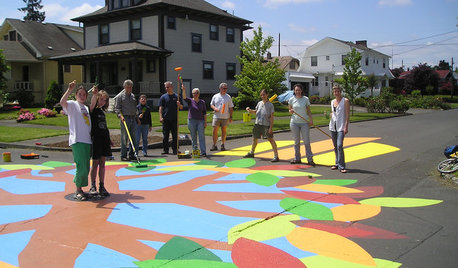
COMMUNITYCommunity Building Just About Anyone Can Do
Strengthen neighborhoods and pride of place by setting up more public spaces — even small, temporary ones can make a big difference
Full Story
GREEN BUILDINGEfficient Architecture Suggests a New Future for Design
Homes that pay attention to efficient construction, square footage and finishes are paving the way for fresh aesthetic potential
Full Story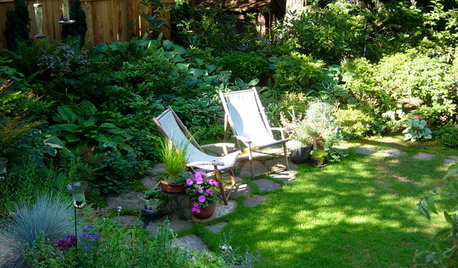
LANDSCAPE DESIGN5 Essential Considerations for a Landscape Design Project
Get your winter garden fix by planning an entirely new landscape or just an update for a single garden stretch
Full Story
INSPIRING GARDENSFrom Concrete Lot to Gracious Organic Garden in Seattle
Plants, pests and even weeds have a place in this landscape, which offers an edible bounty and a feast for the eyes
Full StoryMore Discussions







KC Clark - Zone 2012-6a OH
KC Clark - Zone 2012-6a OH
Related Professionals
Palm Springs Landscape Architects & Landscape Designers · Burlington Landscape Contractors · Clayton Landscape Contractors · Cornelius Landscape Contractors · Golden Landscape Contractors · Huntley Landscape Contractors · Rockville Landscape Contractors · South Lake Tahoe Landscape Contractors · Washington Landscape Contractors · Antioch Landscape Contractors · Marana Fence Contractors · Santa Maria Fence Contractors · Indian Creek Window Contractors · Sarasota Window Contractors · Yeadon Window ContractorsrosyjenniferOriginal Author
molanic
butterflymomok
rosyjenniferOriginal Author
Tony G
woodnative
Tony G
Leafhead
rosyjenniferOriginal Author
butterflymomok